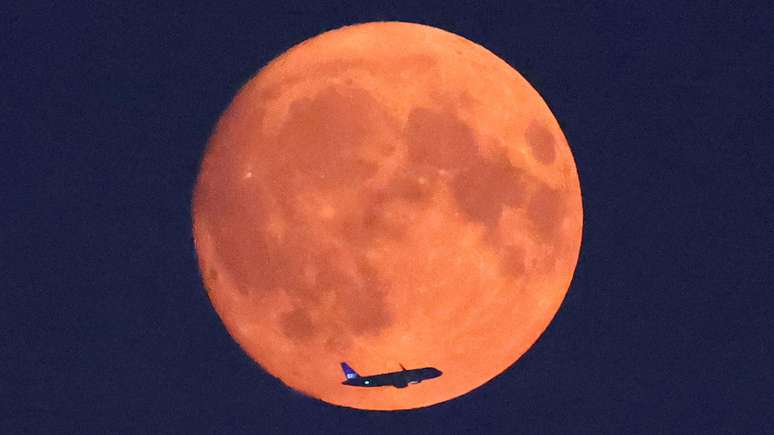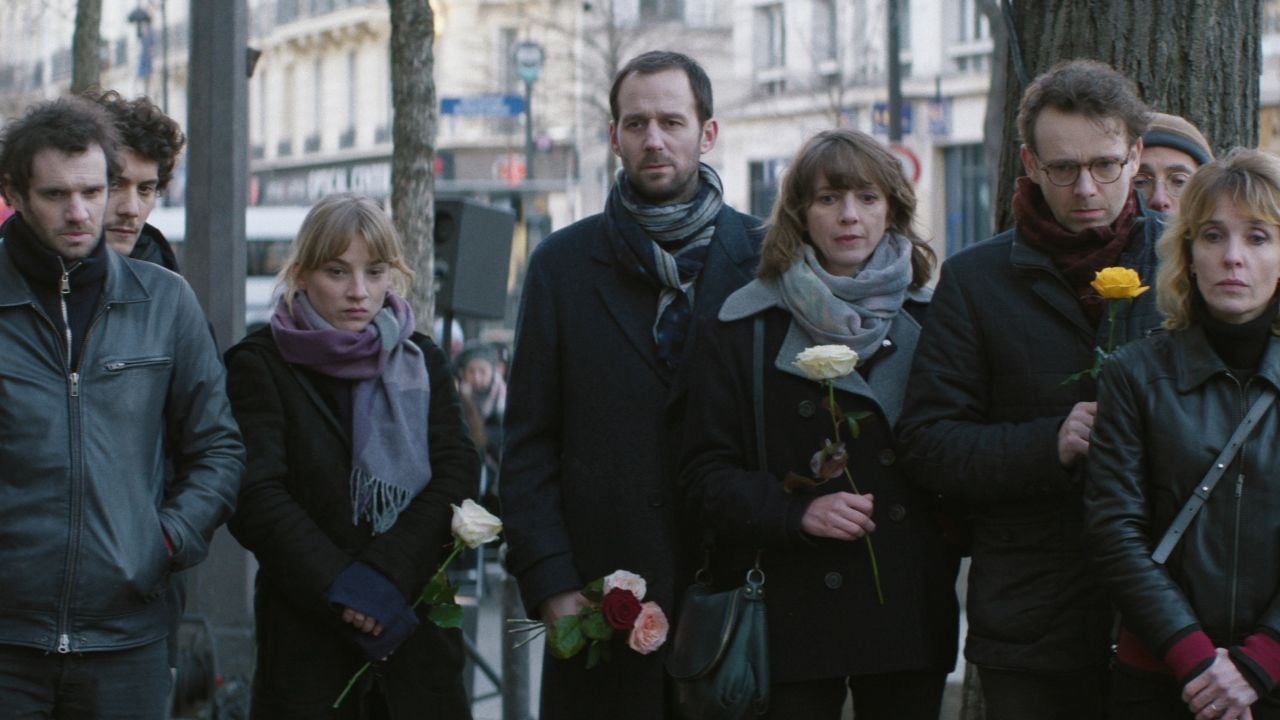A Supermoon occurs when the full Moon coincides with the moment when the Moon is at its closest point to the Earth in its orbit: the perigee.
A “super full moon” will light up the sky until the early hours of Wednesday (8/21).
This Monday (19/8), Earth’s natural satellite will be full starting at 3:26 p.m. (Brasilia time), but will only be visible to the naked eye after sunset.
According to some unscientific definitions that have become popular among astronomy enthusiasts, this could also be a “Blue Moon”.
“These are fusions of definitions to transform something banal into something extraordinary. It’s not really an astronomical topic, but something cultural,” explains Naelton Araújo, an astronomer at the Fundação Planetário da Cidade do Rio de Janeiro.
But let’s understand the concepts:
What is a “supermoon”?
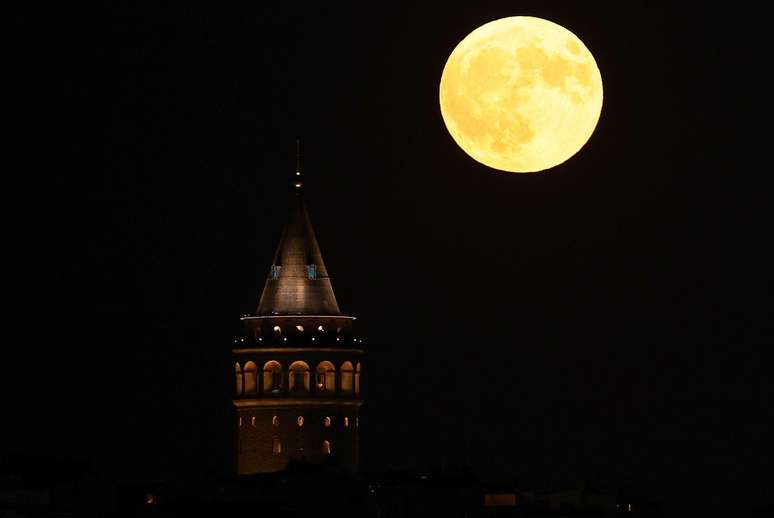
This full moon is also considered a “supermoon”.
A supermoon occurs when the full Moon coincides with the moment when the Moon is closest to Earth in its orbit: perigee.
“The Moon doesn’t rotate in a perfectly circular orbit. It moves away from and towards the Earth a little bit,” Araújo explains.
When it is closer, it may appear a little brighter and larger in the night sky.
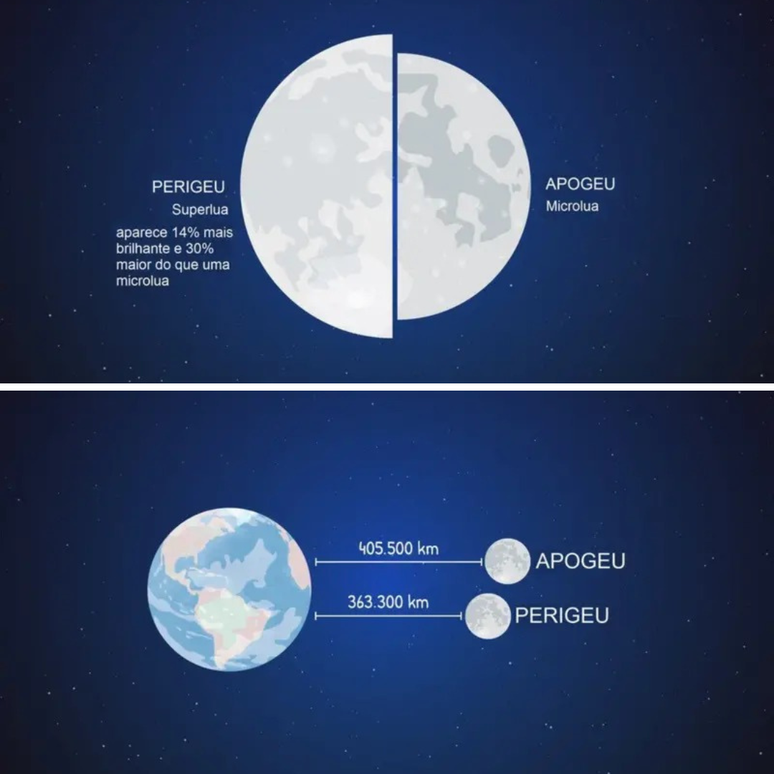
This is the first of four Supermoons this year.
The full moons in September, October, and November will also be supermoons.
According to the NASA website, the term “supermoon” was coined by astrologer Richard Nolle in 1979 to refer to a new or full moon that occurs when the Moon is 90 percent or less of its closest approach to Earth.
“Since we can’t see new moons, what has really caught the public’s attention are super full moons, which are the largest and brightest full moons of the year,” writes astronomer Gordon Johnston.
“Blue Moon”
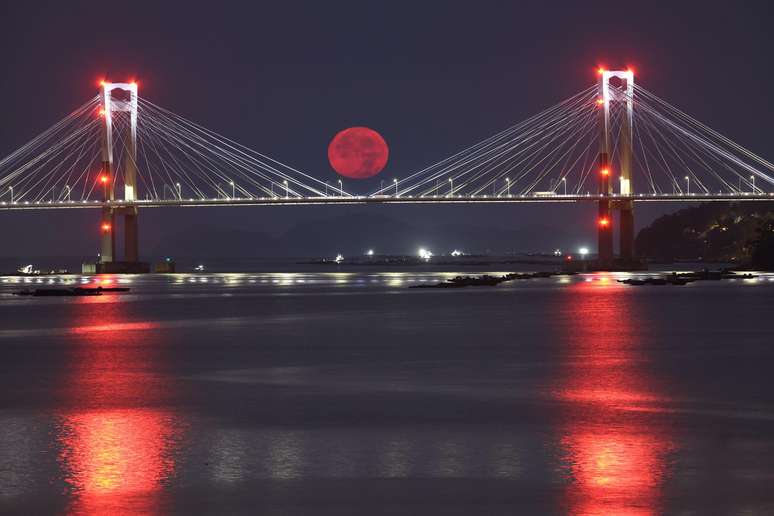
This Monday’s super full moon may also be called “blue,” but that has nothing to do with its color.
Generally, this is just a designation when we have an extra Full Moon in the month.
Since the lunar cycle lasts 29.5 days, it eventually gets out of sync with our calendar, where we normally have one full moon per month.
So, Blue Moons are most commonly defined as when we have an extra Full Moon, on the 13th of the year.
So, the second Full Moon in a month becomes the Blue Moon.
But that’s not what’s happening this Monday.
According to BBC Weather, the BBC’s weather service, this “Blue Moon” comes from an alternative, more traditional definition in the UK, where the lunar cycle results in four, not three, full Moons per season.
So, while we would normally have three Full Moons per season, if there are four, the third Full Moon receives the status of a Blue Moon.
Since blue moons are not that common, it is believed that this is where the English expression comes from. once in a blue moon (Once in a Blue Moon, in Portuguese), which refers to something that does not always happen.
Naelton Araújo, of the Planetário do Rio, explains that the only possibility for the Moon to actually turn blue is if there is pollution in the atmosphere from a specific fire.
This Monday, the Moon could appear orange in some cities in Brazil, such as Porto Velho, Manaus and Porto Alegre, which have received smoke from fires in the Amazon and Pantanal.
This also happened in the UK. On Sunday (18/8) it also turned red due to smoke from North American wildfires that was in the atmosphere above the country.
The smoke particles cause light passing through the atmosphere to scatter in such a way that the orange and red colors of the spectrum become more visible than normal.
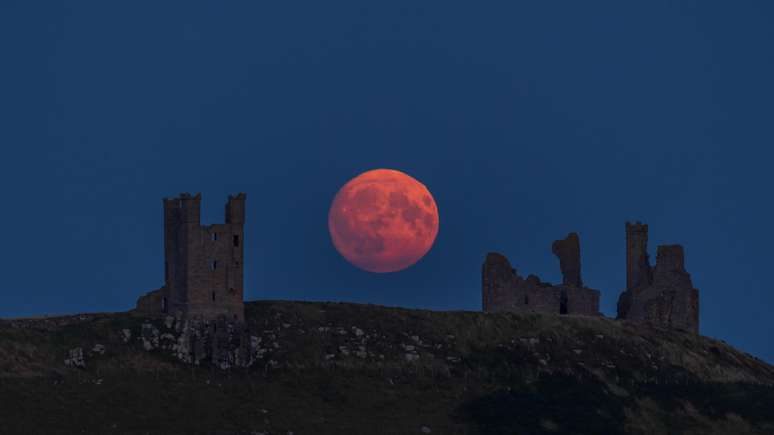

Source: Terra
Rose James is a Gossipify movie and series reviewer known for her in-depth analysis and unique perspective on the latest releases. With a background in film studies, she provides engaging and informative reviews, and keeps readers up to date with industry trends and emerging talents.

